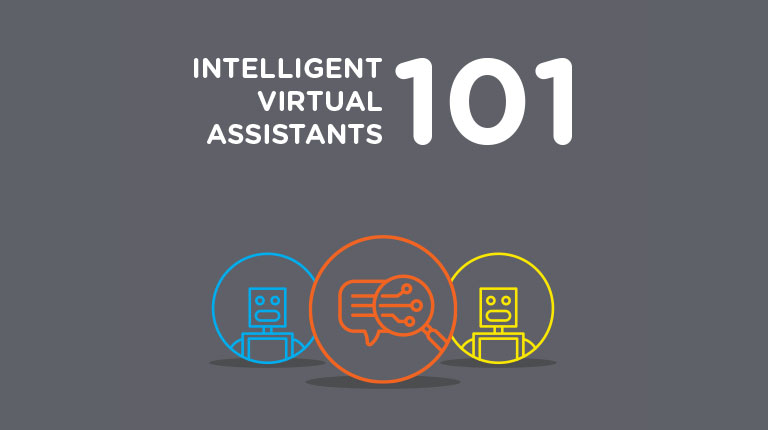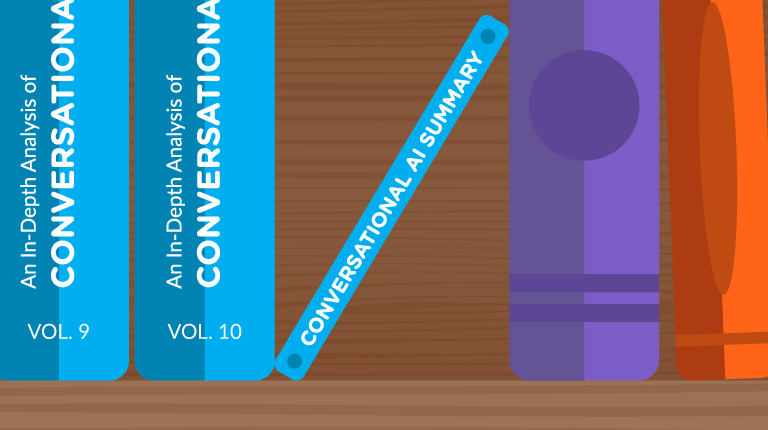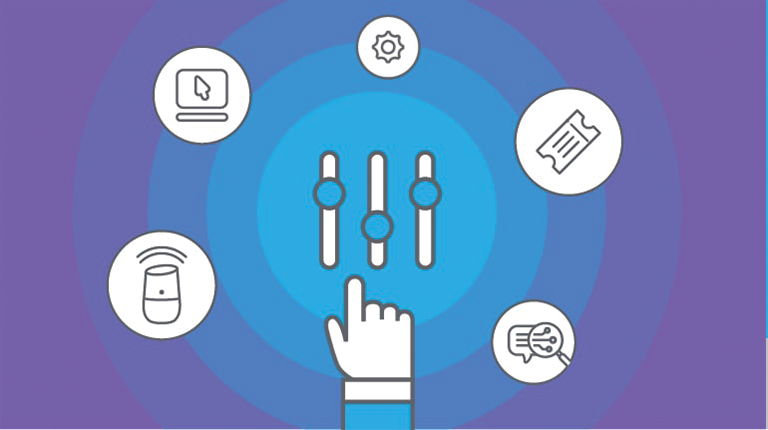Bringing people and technology together has always been a key tenet of Interactions’ philosophy. We’re constantly looking for new perspectives on how to elevate our Conversational AI to better meet the evolving needs of customers. In light of this goal, we recently brought on Susan Hura as our new Director of Conversational Design Services.
Susan has a long history in the world of conversational design. From academia to consulting, she has been helping both individuals and companies realize the value of conversational solutions for over 20 years. Most recently, she founded and led Banter Technologies, delivering conversational solutions for start-ups and Fortune 100 companies. In January, she joined Interactions to head up conversational design for our Intelligent Virtual Assistant (IVA), and she’s already making a splash.
We recently had the chance to sit down with Susan (virtually!) to hear more about her background, the long-standing value of conversational technology, and what’s next for the Interactions conversational design team.
Can you walk us through your background, and what brought you to Interactions?
I’ve been lucky enough to work in the conversational tech space my whole professional career. Out of grad school, I held a faculty position at Purdue University, teaching and researching speech acoustics and perception, and co-founded a research group looking at novel approaches to computer speech recognition. I loved working in the space, but was eager to work with the technology itself. So, I joined Lucent Technologies, where I dove head-first into the world of conversation design and spent several years absorbing everything I could about UX design.
In 2005, I started working as an independent consultant, doing both conversational design and evaluations, including usability testing and user research. My work was primarily in IVR, but I was able to do research in automotive and voice-enabled mobile applications, too. Eventually, I got involved in three different conversational AI startups, which offered me the opportunity to dig in and be a part of the new wave of conversational technologies—many of which are commercially available right now.
While working with startups, I realized I wanted to build something that would impact an even broader audience. I knew Interactions was a leader in the conversational AI space, and had a lot of respect for the employees I encountered over the years in the small but mighty conversational tech community, so I was excited to join the team!
Given your extensive background in the conversational technology space, how have you seen the space evolve over time?
Over the years, we’ve made significant advances in conversational technology, but have yet to unlock its full potential. There is all of this amazing technology out there, but we tend to jump on new opportunities without realizing that there’s 25 years of lessons that could be learned about how to create technology that actually makes a difference in people’s lives. Telephone self-service systems started with touch tone IVR, and then it quickly turned into the idea that we were going to revolutionize the world with speech recognition, setting off a hype cycle that companies often failed to live up to.
I spent my consulting career improving many of those applications. What I found was that many companies did not seek feedback from the people who use the technology and, in turn, struggled to actually meet their needs and expectations. Now, we’re coming down from the excitement of products like Alexa, which have proven to be problematic in several ways.
To move this technology forward, I believe we must elevate the role of design. Technology is fine on its own, but unless you package it up correctly, it won’t matter to consumers. As I like to say: technology gives you ingredients, but design gives you dinner. We need to unify powerful technology with a strong understanding of the people who use it to deliver exceptional experiences—and that’s what Interactions is all about.
What will you focus on in your new role at Interactions?
With our top talent and advanced technology, Interactions is uniquely positioned to do incredible work. I’m here to build a robust practice of conversational design that will allow us to deliver transformational experiences. The key here is data-driven, user-centric design. I’m focused on building out a process of decision-making that is grounded in feedback from end-users.
I’m very excited to ramp up usability testing—designing an application and putting it in front of the people who will use it, in a controlled setting, to observe and garner feedback. The data we have from production is fantastic, but we need insight into how and why people interact with technology in certain ways. With usability, we have the opportunity to ask, “What were you thinking as you used the system? Did it matter to you? Why?”
Usability testing enables us to learn about the expectations that users have and what they value most. In some instances, people just want speed. In other cases, they want simplicity. This testing will help us figure out what we need to do to best meet consumer needs. You can’t discover this information any other way. It’s not just about introducing new or better technology; it’s about delivering on what we promise customers and consumers. We’re still in the planning stages, but once we have this in place, it will unlock massive opportunity.
How does this practice vary from industry to industry?
The short answer is that it doesn’t. If you’re designing any kind of product that you want to put in front of people, you need to implement usability testing. That being said, there are certain industries that have more consistency and predictability in functionality. Take Collections, for example. Many organizations in the industry function in essentially the same way, so we’ve built a collections archetype. You don’t have to reinvent the wheel every time you’re trying to get a zip code, as long as the archetypes are built in a data-driven way and can still be tested. For any archetype we build, we still want to test it and can even do very early prototype testing with sample dialogues. The testing process validates our decisions, and allows us to share user approval with our customers.
What are you most excited about in your new role?
Interactions has a wealth of data on how people use our applications, and I’m anxious to bring usability data in to unlock new insights on how to improve functionality and customer experience. From there, we can start thinking about where we need to expand. What else can we automate, knowing that we have backup from the intelligent assistants? When we add new functionality, we gather more usability data, then optimize the design based on results, and look at production data again. So we’re creating a big virtuous circle.
The chance to do this kind of work is ultimately what drew me to Interactions. Consultants often jump in and out of projects, without seeing the end product. I’m excited to build a beautiful, well-oiled machine that will create exceptional experiences for consumers while driving clear and meaningful results for companies across industries.





